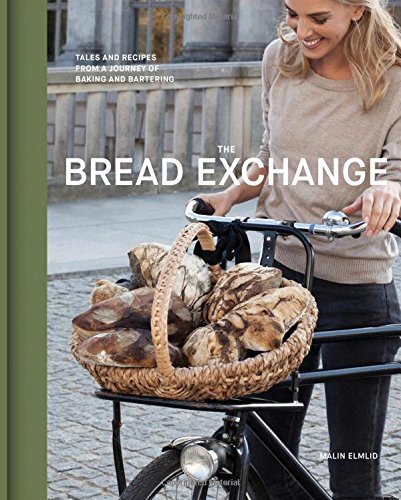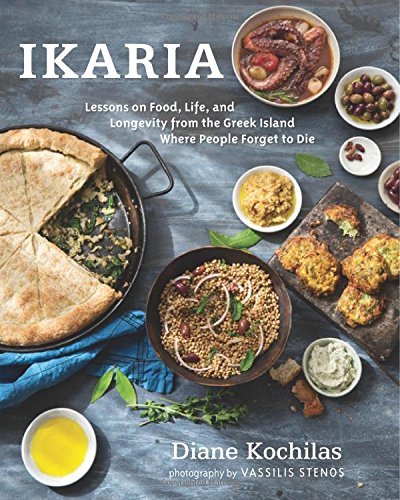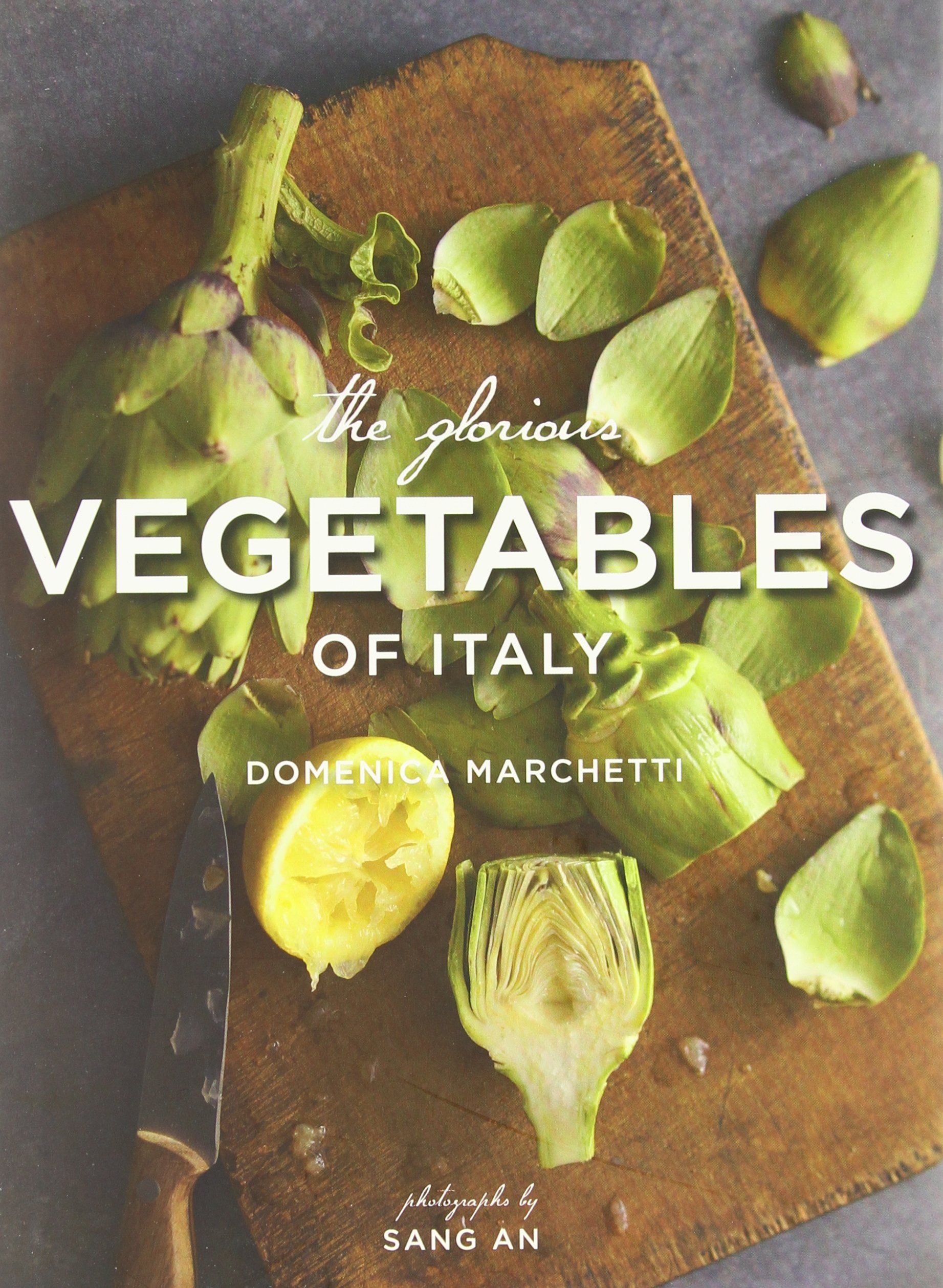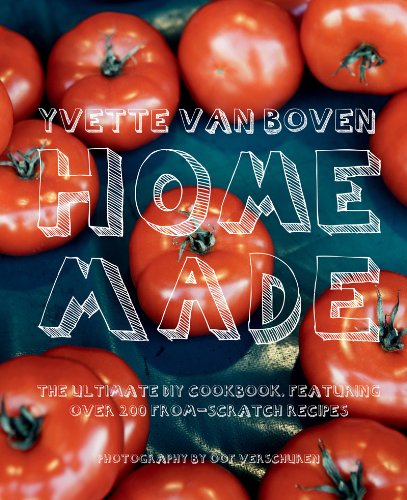Saturday December 05, 2015

The School of Essential Ingredients
The School of Essential Ingredients has no recipes. What you’ll find instead is a story of eight individuals, separate in their own stories before quickly coming together as they congregate in Lillian’s restaurant for cooking class. Each has their own chapter, a narrative that gives the background of their lives before entering the school. The characters intertwine their idiosyncrasies, mixing together just as the ingredients come to form a homemade pasta or biscotti to end a non-traditional Thanksgiving feast. I still consider it a cookbook though, as it promotes how I believe food should be taught. The reader isn’t given a clear-cut formula for specific ingredients but rather a way of understanding how food connects to every facet of our lives.
Erica Bauermeister gives a tender, affectionate voice to each of her characters, using the progression of their growing familiarity with food and with one another. As we get further into the book, it becomes obvious though that the class and Lillian’s instruction goes beyond taste and texture alone. The therapeutic stirring of ingredients works to heal the once-broken hearts and the isolated souls looking for a companion. My favorite line comes near the end, as one student reflects upon all they have each gathered over the class’ duration and all they still have left to learn: “Watching the other members of the class, he found himself wondering where they had come from, what it was they brought with them, as if they, too, were recipes he might come to understand.”
The School of Essential Ingredients asks its readers to give themselves over to the curative effects of food and to allow their palates be their guide. It’s a non-cookbook making the argument that if you follow your intuition and respond to food’s subtle suggestions, you may never need a recipe again.
Saturday November 28, 2015

Soul Food Love: Healthy Recipes Inspired by One Hundred Years of Cooking in a Black Family
Soul Food Love honors the kitchens of four generations of black, southern women. However, the present kitchens of Alice Randall and her daughter Caroline recognize the unhealthy lifestyles that stemmed from their relatives’ calorie-laden recipes. They have chosen to stray from fat-heavy, overly-creamy dishes and lighten them while simultaneously preserving their traditional techniques. The introduction makes clear that this is not a book concept built by blaming past recipes, but rather one which chooses to honor their stories and update them to incorporate these foods to a healthier, more vibrant way of life.
Randall prefaces the Warm Onion and Rosemary Salad with a description of her childhood dining table, a massive piece of furniture that sat eighteen, enough for the gatherings they would host on Sundays after church. The meals were composed of no-fuss recipes that could be served easily at room temperature. This reliance on cold mains and side dishes created a craving for the warmth of wrapping her hands around a steaming bowl, aiding her in its comfort. With only three ingredients plus a sprinkling of salt, this salad is nothing more than bringing out the flavor of a plump and gleaming onion, blistering its skin to give it a charred, smoky glory. A caramelized beauty.
The Moorish Pizza combines the easy preparation of flatbread with the appeal of Mediterranean-inspired appetizers. It combines the creamy textures and familiar flavors of hummus and baba ghanoush (whose recipes the book also includes), layering them atop pita. Finish with parsley for color, some coriander and a drizzle of olive oil, and you have a dish that can be taken from starter to main, delicious, comforting, and only seemingly-indulgent.
There is a section for what they call “Crowns”, dome-shaped dishes given an elaborate presentation to celebrate the cherished guests they serve. For her Cauliflower Crown, Randall reflects upon her time spent in New Orleans, where she first tried whole roasted cauliflower, mesmerized by its buttery-golden appeal. Her version omits the whipped cheese, wine, or sugar the original boasts, but with just a few tablespoons of olive oil and the earthy bite of rosemary, this is enough to satisfy a crowd.
For me, thoughts of the south begin and end with Sweet Potato Pie. I know that with this comes the addition of heavy amounts of butter and sugar, but Randall relies upon the natural creaminess of the potatoes and the warmth of a few spices to create a lighter alternative. She holds onto the pecans though, because some traditions need to be retained.
Brown sugar, cream, and of course butter -- these are the central ingredients which have come to define southern cooking. Randall respects this, but understands that they can sometimes be done without (or at least done with a little less). Mother and daughter know that the past is adaptable, but that the future should always contain at least half a cup.
Saturday November 21, 2015

The Bread Exchange: Tales and Recipes from a Journey of Baking and Bartering
When we think of things traveling across the world, reaching every possible destination, we imagine people, ideas, or political movements, but rarely a sourdough starter. The Bread Exchange founder, Malin Elmlid, uses her book of the same title to suggest that food has just as profound, just as far-reaching effects, as all of these. She shows that anything, a story, a recipe, an experience, can be a proper trade for bread. This gives value to all of our pasts and all of our lives. Food is the great equalizer, putting us on the same level, saying that someone’s joy is not more well-deserved than another’s or that someone’s loss cannot be more devastating than your own. We each have histories to offer, our own take on bread that differentiates but connects us all.
Malin’s love of bread grew from an absence of it, as she followed along with her fashion industry co-workers in refusing carbs to maintain the proper physique for their job. Throughout all of this, Malin suppressed her love of a good crust and tender interior by committing herself only to what she considered “good” bread -- well-made, with time, love, patience, and care. As she traveled for work, seeking out cities’ best bread became a passion, an obsession. But when she discovered a deficiency of it in her own city of Berlin, she got to baking herself and giving it away to friends and friends of friends, forging connections and building a network around bread.
The Bread Exchange is more than a recipe book; it is a bread baker's bible, with Malin preaching that: “Good bread is nothing more than flour, water, salt and dedication. It takes time, but the joy and pride you will get from eating and serving your own bread is incredible.” Malin starts with in-depth instructions for how to make your own bread, organizing these tips under headlines like “Making a Starter”, “Fermentation”, and “Tasting”. She proceeds from here with descriptions of and the recipes from each of her trips. Her Berlin section includes a Fig Confit offered up by her friend Anna Küfner, who wanted Malin’s bread as a part of a gallery opening she was catering. She names it “the ideal accompaniment” for a strong goat cheese or a pungent blue.
Stockholm features photos from a boat deck picnic spent with friends on the open, glistening water. An overflowing plate of Crayfish from Smaland dominates the center of the table. Sweetened with a little sugar and flavored by paprika, dill, and the heft of two lagers, this makes the perfect communal dish for loved ones to share.
When Malin comes stateside to California, her traveling seems to take a more leisurely pace, set back in tempo by Sourdough Pancakes from a former venture capitalist, Vegan Banana Bread, and Kale Salad. Pictures of water creeping up on the beaches’ smooth sand confirms the slow-living mentality of this part of the world.
Pages of photographs share the countless journeys Malin has taken, the people she has met in dozens of cities, and always a crusty loaf, boule, or unbaked dough scattered about the mix. The book ends with brief profiles of all the recipe contributors. With different approaches to greeting the camera and different gifts to share, these people, by Malin’s guidance, have created a curated cookbook like no other. It is the product of what we all have to give of ourselves; it is a gift. Just like bread.
“... as anyone who has made an exchange will tell you, it is a wonderful feeling to trade something you’ve made or done that is good enough to share.”
Saturday November 14, 2015

Ikaria: Lessons on Food, Life, and Longevity from the Greek Island Where People Forget to Die
Ikaria by Diane Kochilas is not simply an assortment of recipes, but rather a well-crafted exploration and representation of an island that relies upon its local ingredients and treasured techniques to maintain an approach to living that preserves the culture that has developed there over so many years.
Beginning in its “Small Bites” section, Kochilas proposes consuming an entire onion at once, a suggestion that would intimidate even the most dedicated onion lovers among us. However, her Whole Roasted Onions with Vinegar and Olive Oil trumps any aversion to this thought. Lightly coated in only a teaspoon of olive oil, slow-roasted in a hot oven for about an hour -- this is Greek-style cooking at its finest. Only a few quality, well-sourced ingredients are prepared so that their flavors are emphasized, while still allowing the onion to take the focus of interest above all else. Though the instructions give the option of preparing this in the oven, why not do as the Greeks do and roast these oversized pearls of perfection in the fireplace or on an outdoor grill?
Recipes are juxtaposed with stories of the practices and ingredients native to the island. One excerpt highlights the medicinal effects of the mallows -- a plant which heals rashes and other inflammations. Another centers in on “Knowing and Loving the Old”, which discusses longevity as a result of the foods Ikarians prepare and their all-encompassing love of life. My favorite, though, is the aside dedicated to “Mushrooming in the Mountains”, which pays tribute to the 25 different types of fungi the island boasts. It shows that mushrooms, the enjoyment of both the hunt for and the eating of, are among the many curiosities of Ikaria, one of the small things that makes this a place like no other.
The Mushroom Stew, which follows later in the book, uses a simple cooking method for the mushrooms, taking something infinitely complex in its varieties and adding to it only a shimmer of Greek olive oil, translucent onions, and complementary spices. This is a dish that relies upon the essential, extracting the beauty of its ingredients, and adding little else.
The dessert section is small, coming only at the book’s close. The various recipes put to use the island’s natural offerings -- cherries, walnuts, apricots, peaches, figs, and takes advantage of the many different honeys available. These are displayed beautifully in tarts, cookies, and what Kochilas calls “spoon sweets” -- the mixture of many of these ingredients made into a delicious, subtle sugar syrup. We see one application of this in her Greek Jam Lattice-Top Tart, which adds to the pastry the abundance of Ikaria’s apricots in the form of jam. The outcome is slightly tart, with just a hint of sweetness.
Ending the book with these little culinary indulgences says that the Ikarian diet is not only about feeding ourselves the nutrients our bodies need, but allowing ourselves to enjoy what makes us happy, what feeds our soul, and what makes us complete.
Saturday November 07, 2015

The Glorious Vegetables of Italy
The majority of food infatuations don’t begin until after adulthood has set in -- once our tastes have matured and we have defined our culinary preferences. Domenica Marchetti skipped a few steps, having spent her childhood summers in Italy, reveling in the fresh offerings of the local markets. This is where she fell in love with vegetables, each entirely unique in their varying geometric constructions and brilliantly bright hues. In The Glorious Vegetables of Italy, Marchetti translates this passion for her reader, wanting to show that all vegetables are worthy of our affection.
Marchetti first breaks vegetables down to their roots, calling this section the “Gallery of Italian Vegetables” a name fitting of the praise and glory she gives to each. She provides information on their season, telling readers when pumpkins are at their sweetest and artichokes are at their best. She adds to this instructions for cleaning so that all vegetables will shine beautifully in her recipes.
The minimalist photographs capture all that is necessary to convey the ingredients’ appeal; blistered cherry tomatoes pop out against the pale sauce in Capricci with Slow-Roasted Tomatoes and Cream while the near-white fennel atop a Pizza Bianca melts into the lightly-browned and bubbly ricotta and mozzarella. A rainbow of colors abounds in her other flatbreads, providing options like Grilled Eggplant in Olive Oil or Grilled Peppers, completed and contrasted with a handful of the greens of your choice.
Marchetti’s creativity gets put on display in her desserts, where she uses a Panna Cotta, made creamy and luscious by heavy cream, sugar, and mascarpone to give attention to the sweetness of a roasted winter squash. This recipe gives the essence of what Marchetti wants to make known: by starting with quality ingredients and cooking them only so that their natural flavors come through, you bring vegetables back into the spotlight, allowing them to be savoured and treasured in every bite.
Andiamo in giardino. Let’s go into the garden.
Saturday October 31, 2015

Home Made
There is nothing quite like the satisfaction of handcrafting cheese, yogurt, or bread -- staples we’ve come to rely upon the supermarkets to provide for us, but which are foods we can easily make ourselves. In Home Made, Yvette van Boven gives easy-to-discern instructions that eliminate any fear in preparing your own food.
She organizes the book by first explaining in detail how to craft a primary ingredient, then taking this and applying it to an assortment of recipes to follow. One such example is broth, the base for things like risotto, polenta, casseroles, and the always-comforting soup. I too sometimes fall prey to the ease and accessibility of boxed broths, but nothing compares to the complexity of taste which results from roasting meat with herbs and oil and boiling afterwards so as to combine the aromas into one enticing scent.
Van Boven provides recipes for stocks using veal, chicken, fish, or even just vegetables alone. The soups which follow these basic broth formulas build upon their depth of flavor -- the Chunky Chowder adds salty cured ham, the slightly minty flavor of thyme, and the sweetness of cream to meld beautifully with your homemade fish stock. Pictured alongside a hunk of rustic bread, this comforting soup is all you need for a hearty meal.
There is nothing more fun or more romantic than roasting your dinner atop your own outdoor grill. Van Boven’s detailed but simple instructions begin with building the rock enclosure which will surround your fire pit, progressing to the actual cooking and enjoyment of the meal, all the while documenting the excitement and joy which comes from taking your kitchen outside, creating it yourself. Once dinner is complete, Van Boven suggests enjoying the fire’s alternative use, enjoying it as a source of warmth against the summer’s chilly nights.
The following page displays an image of different rubs and marinades which complement the fire’s slow and patient method. A North African Rub takes spice from the cayenne and dried chile pepper, while the tablespoon of sugar in the Fennel Seed Rub contrasts the flavor of sea salt and white peppercorns. She shares a recipe for One-Person Chicken with Sage, Garlic, and Mushrooms, a tribute to the group of students who often gather behind her house in Paris for an end-of-the-day meal. This story and recipe summarize the book’s intent and the true goal of homemade cooking -- allowing friends and loved ones to gather around the process of making and enjoying food.
Page 2 of 6 pages < 1 2 3 4 > Last ›











